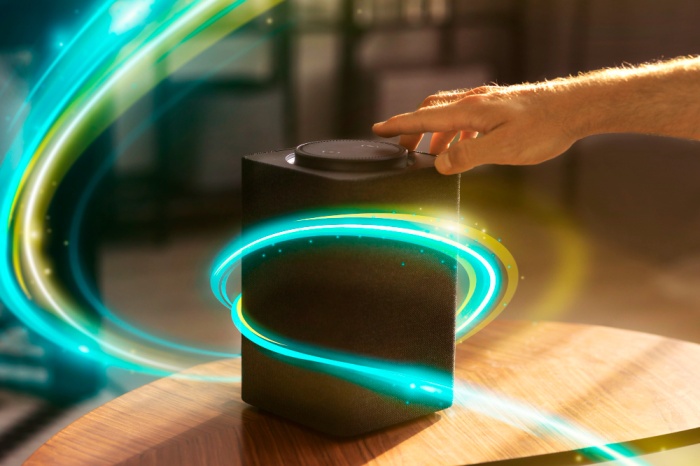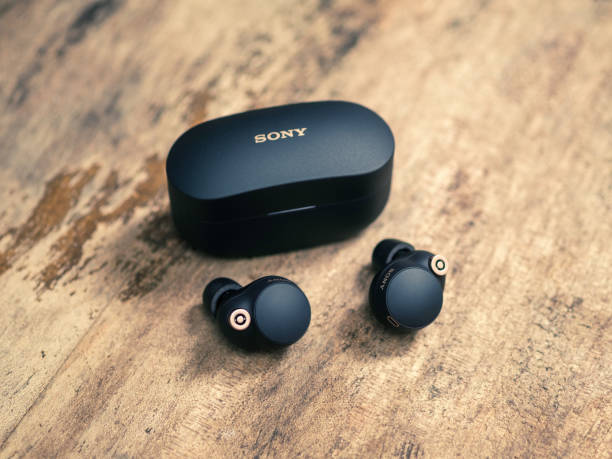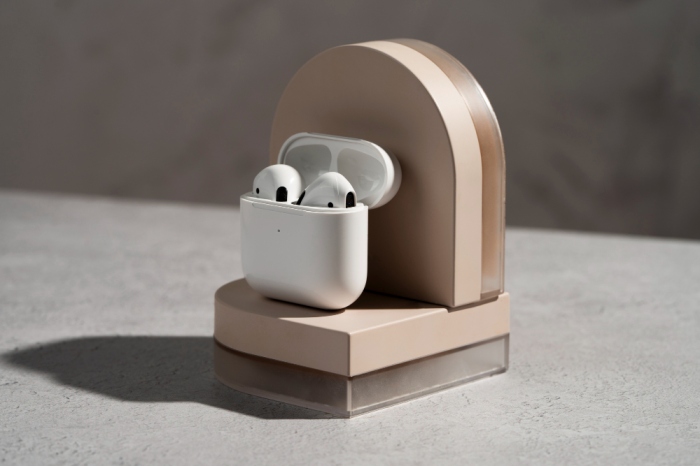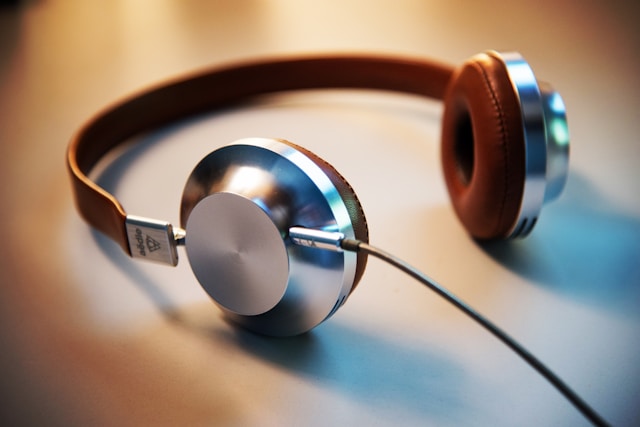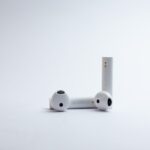Incorporating augmented reality (AR) into earbuds is a potential new area, today we shall examine the possibilities of augmented reality audio via headphones, exploring the developments, difficulties, and promising future as we venture into the world of sonic futures.
1. The Emergence of Augmented Reality: Augmented reality has revolutionized our understanding of and interactions with our surroundings. AR, first connected to visual overlays, is now influencing auditory experiences. Augmented reality audio adds a new level to headphones by giving users an immersive and interactive experience.
2. Immersive and Spatial Audio Experiences: Spatial audio is highlighted by augmented reality audio on earbuds. Conventional stereo sound distributes sound through two speakers, while AR-enhanced spatial audio produces a three-dimensional auditory experience. Thanks to this immersion, users can enhance their overall auditory experience by perceiving sounds as if they are coming from different directions.
3. Dynamic Environment Adaptation: AR-enabled earbuds can adapt dynamically to various settings. They use sensors and algorithms to assess the ambient acoustics and modify the music in real-time. This guarantees that consumers receive the best possible audio quality, whether in a busy coffee shop or a peaceful home office.
4. Customized and adaptable Soundscapes: Augmented reality makes Customized and adaptable soundscapes possible. Earphones can follow a user’s motions, assess their preferences, and adjust the audio experience accordingly. Augmented reality audio allows for highly customized auditory experiences, such as modifying the background noise ratio to music or customizing the sound profile according to user tastes.
5. Improved Interaction with the Environment: Earphones with augmented reality capabilities may improve users’ interactions with their surroundings. Imagine having your earbuds provide helpful audio cues about each exhibit while browsing a museum. With the help of context-aware information provided by augmented reality audio, routine activities may become exciting and instructive excursions.
6. Overcoming Obstacles: Although the future of augmented reality audio in earbuds is promising, obstacles still need to be addressed. The main challenges are assuring device compatibility, minimizing battery consumption for prolonged usage, and achieving smooth interaction with current AR systems. Industry collaboration and developments in sensing technology will be essential to overcome these difficulties.
7. Virtual Reality and Gaming Encounters: The influence of augmented reality reaches into the domains of virtual reality (VR) and gaming, in addition to ordinary encounters. AR-enabled earbuds can enhance the immersive experience in games by sending sound in precise directions and providing precise spatial signals. A more realistic and captivating virtual world may be produced in virtual reality (VR) by combining visual and aural augmentation.
8. The Function of Artificial Intelligence: Artificial intelligence (AI) is expected to be very important in the future of augmented reality audio. To continually improve and customize the audio experience, artificial intelligence (AI) algorithms may examine user behavior, preferences, and surrounding circumstances. Thanks to this adaptive learning process, the earbuds will change and adapt with the user, giving them a more personalized and engaging audio experience.
9. The Future of Acoustic Innovation: One exciting direction for acoustic innovation is the path towards augmented reality audio in headphones. As technology progresses, we should expect further developments in sensor technologies, AI integration, and seamless user experiences. Augmented reality aims to change our perception of and interaction with the auditory environment around us, not only to improve our hearing.
Also Read: Discovering High-Tech Earphones on Amazon
In conclusion, incorporating augmented reality audio into earbuds is shaping the future of audio. The future of how we perceive sound in our environment will be defined by the convergence of cutting-edge technology, industry cooperation, and user-centric design as we progress toward augmented reality audio.


